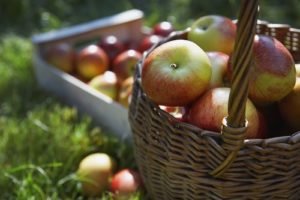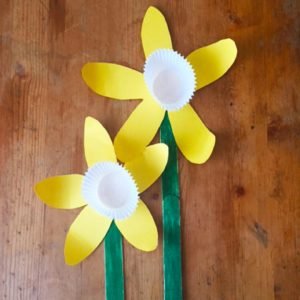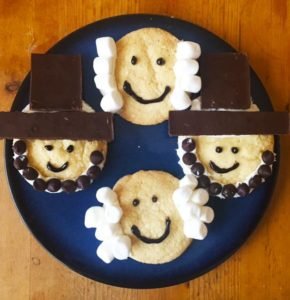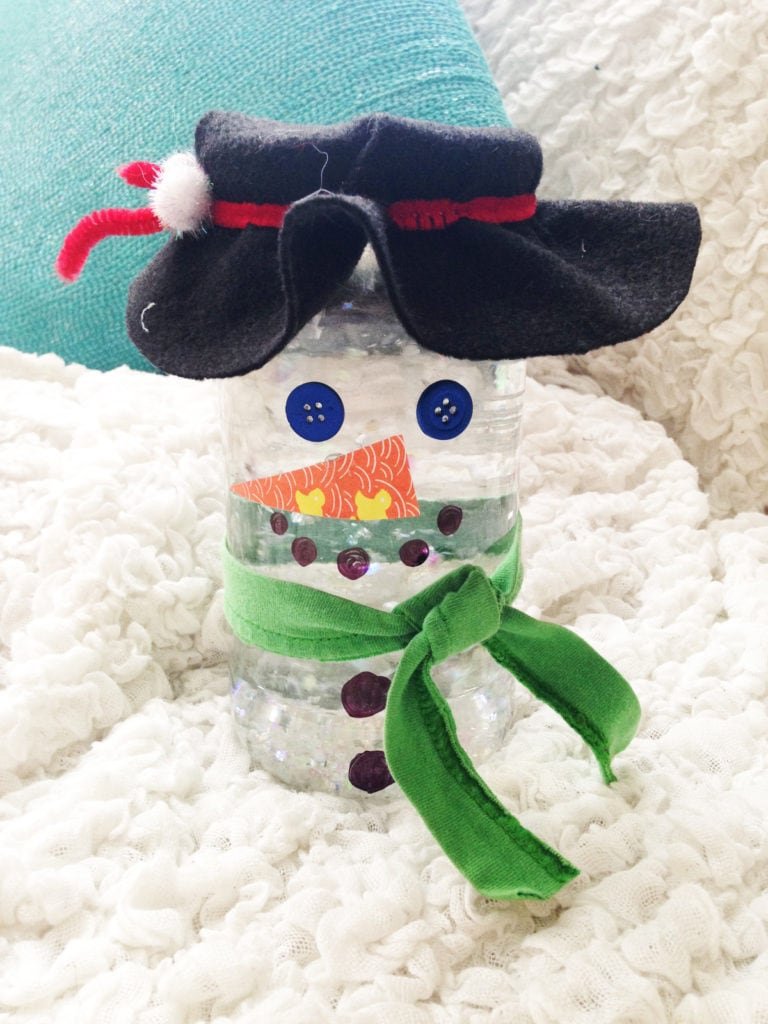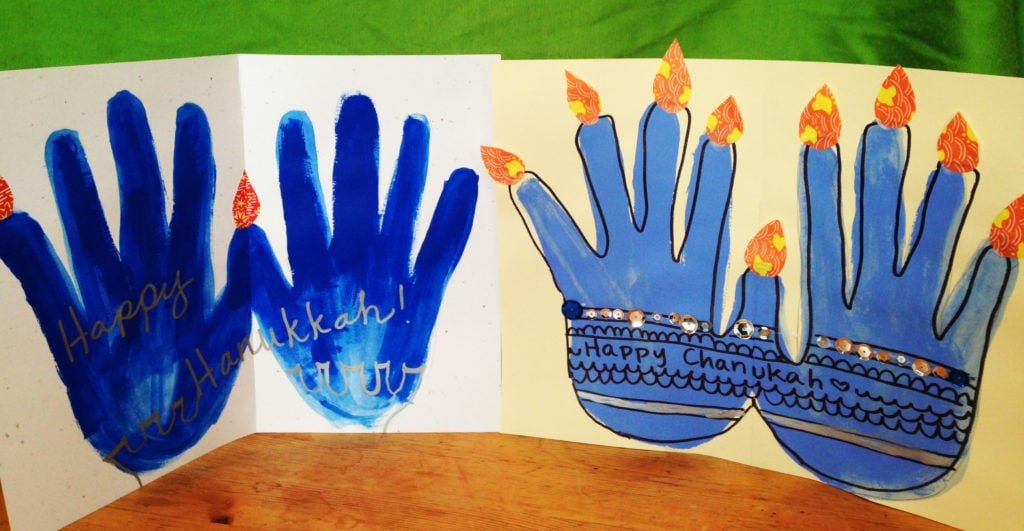We LOVE Halloween! We love getting dressed up. We love eating candy. And we love adding a little bit of holiday fun to our YogaKids poses! Enjoy a few of our favorite spook-tacular poses…
Scarecrow/Ghost Coat Swing
Imagine you are a scarecrow hanging in a field. Your spine is the post that holds you up. Place your hands on your shoulders with your elbows out to the side. With the rhythm of your breath, twist your upper body (head, face, neck, shoulders, and arms) around the post of your spine. Breathe as you move back and forth, side to side. Gradually build up to 50 rounds, then 100. Return to center. Let your arms hang down. Twist your spine back and forth and just let your arms hang loose, as if they were empty coat sleeves. Allow them to fly like a ghost with the momentum of your breath and movement.
Black Cat (also known as Moo and Meow)
Begin in All Fours Pose. Line up your wrists under your shoulders. Spread your fingers wide and arch your spine to the sky. Loosen your neck and drop your head down. Breathe out long as you meow. Now lift your chest forward and look up with big cow eyes. Dip your belly down and tilt your sitting bones up. Your back will sink down like a cow’s. Make cow lips and moo deeply from the back of your throat. Go back and forth, meowing and mooing.
Broom Pose (also known as Birthday Candle)
Sit cross-legged. Take hold of your toes from the outer side of your knees. Breathe in and out. Roll backwards. Then, let go of your toes while bending your elbows. Use your hands to support and lift your back. Straighten your legs and lift them past your head until your bent toes touch the floor. Squeeze your shoulders and elbows together. Lift the legs straight up to the ceiling. Rest your weight on your shoulders and triceps. Life your chest. Your feet are the candle flames. Have someone light the candles, or blow with enough power to ignite the flame yourself. Wiggle your toes to make the flames flicker. Tuck your chin to keep your neck relaxed.
360 Degree Owl
Roll up your yoga mat and turn it into a tree branch. Bend your knees and perch on your branch. Find your balance and sit as upright as you can. Tuck your arms behind you. Gently flap your wings. Turn your head from side to side, opening your eyes wide. Make a gentle “who” sound.
Witch’s Hat Pose (also known as Down Diggety Down Dog)
Begin in All Fours pose. Bend your toes forward. Spread your fingers wide. Press your doggy paws and heels downward as you lift your hips and tail to the sky. Lengthen your spine. Stretch your arms and legs as long as possible. Let your head hang down.
Dracula Pose (also known as Enchilada)
Roll yourself up in your yoga mat!

